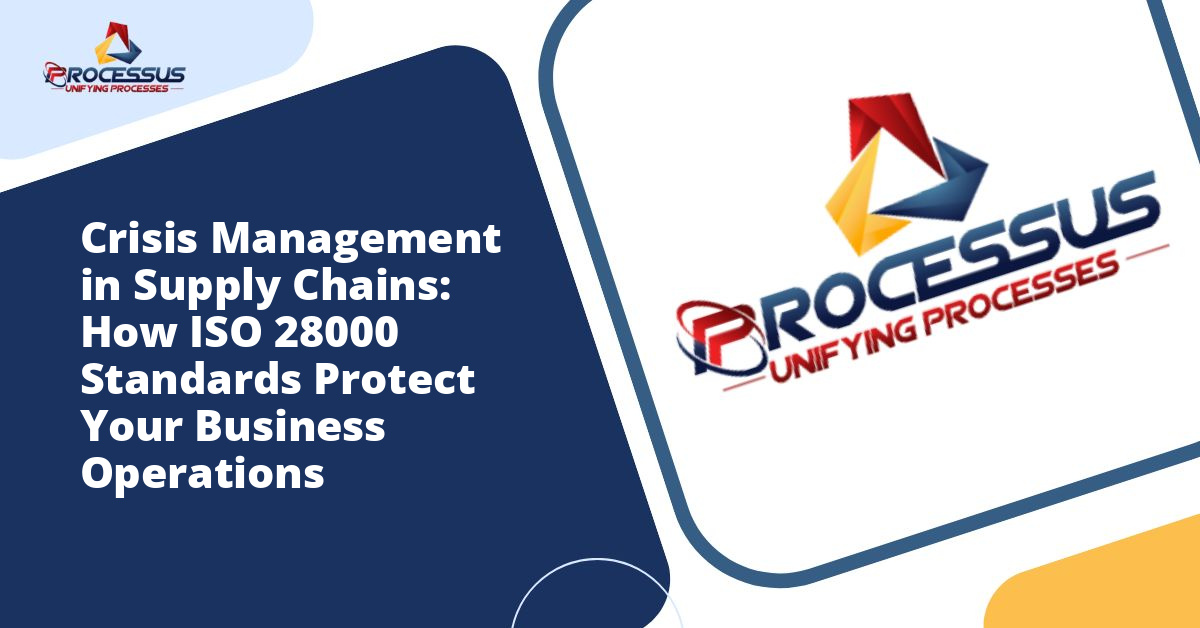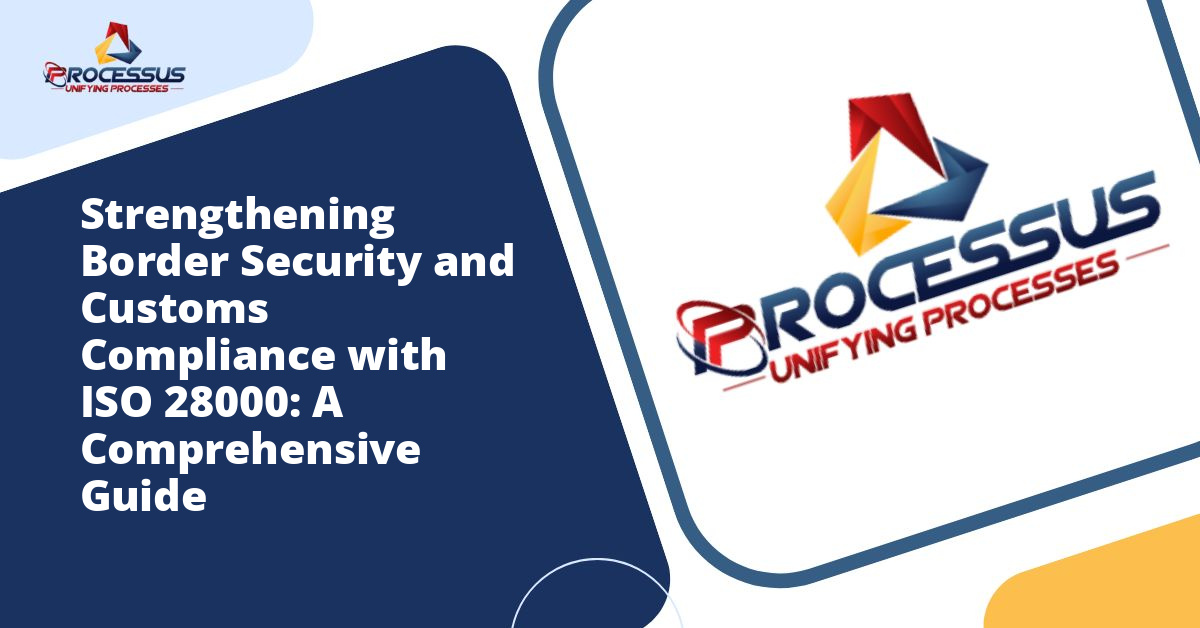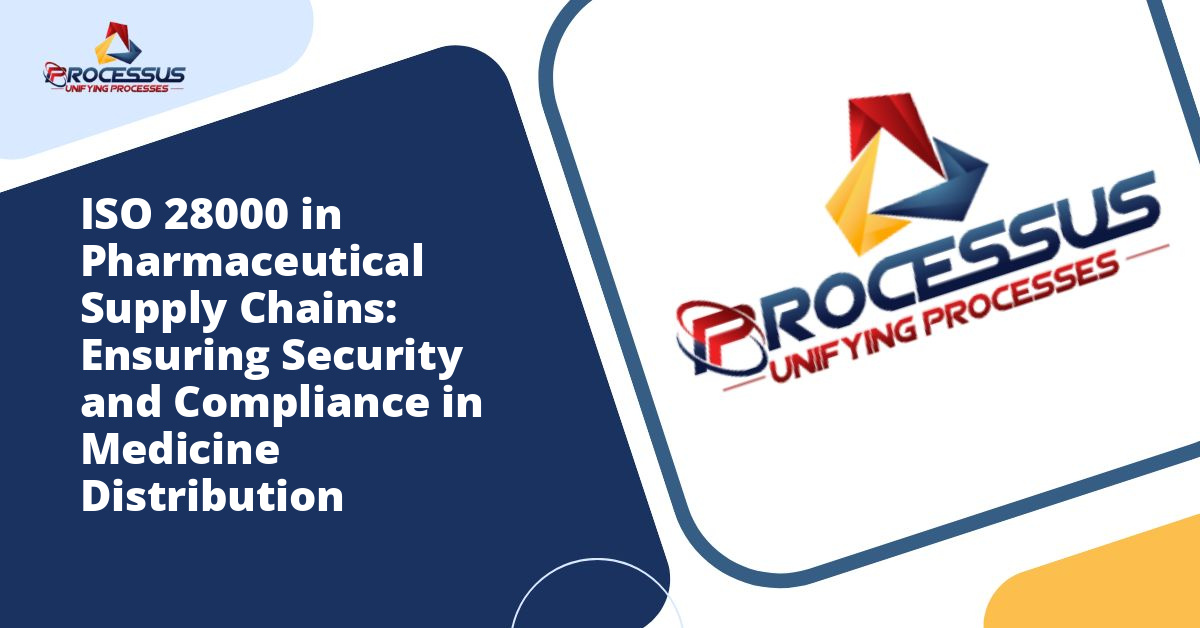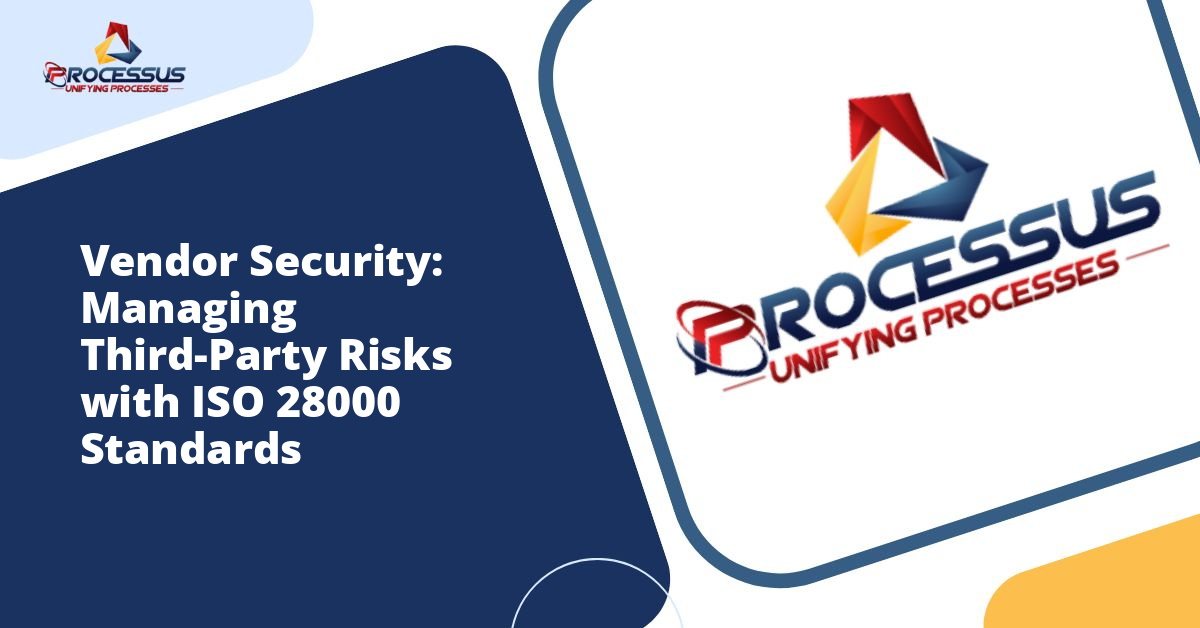In an increasingly interconnected global economy, supply chain security has become a critical concern for organizations across all industries. The ISO 28000 standard provides a comprehensive framework for managing security risks throughout the supply chain, offering businesses a systematic approach to protect their operations, assets, and stakeholders. Understanding the risk assessment methodology embedded within ISO 28000 is essential for any organization seeking to enhance its security management system and maintain competitive advantage in today’s complex business environment.
Understanding ISO 28000 and Its Significance
ISO 28000 is an international standard that specifies requirements for a security management system designed to ensure safety in the supply chain. Developed by the International Organization for Standardization, this standard applies to organizations of all sizes and types involved in manufacturing, service, storage, or transportation at any stage of the production or supply chain process. You might also enjoy reading about How ISO 28000 Helps Prevent Cargo Theft: A Comprehensive Guide to Supply Chain Security.
The standard takes a holistic approach to supply chain security, addressing everything from physical security threats to cybersecurity concerns. It emphasizes the importance of risk assessment as the foundation for effective security management, enabling organizations to identify vulnerabilities, evaluate potential threats, and implement appropriate controls to mitigate risks. You might also enjoy reading about Transport Security Under ISO 28000: Best Practices for Supply Chain Protection.
Organizations that implement ISO 28000 benefit from enhanced supply chain resilience, improved stakeholder confidence, reduced security incidents, and better compliance with regulatory requirements. The standard also facilitates international trade by demonstrating a commitment to security best practices that are recognized globally. You might also enjoy reading about Protecting Your Supply Chain: Why ISO 28000 Certification Matters for Modern Businesses.
The Foundation of Risk Assessment in ISO 28000
Risk assessment forms the cornerstone of the ISO 28000 framework. Without a thorough understanding of potential security threats and vulnerabilities, organizations cannot effectively allocate resources or implement appropriate security measures. The ISO 28000 risk assessment methodology provides a structured process for identifying, analyzing, and evaluating security risks in a systematic and repeatable manner.
The risk assessment process within ISO 28000 is built upon several fundamental principles. First, it adopts a proactive rather than reactive approach, encouraging organizations to anticipate potential security issues before they occur. Second, it emphasizes continuous improvement, recognizing that the threat landscape evolves constantly and risk assessments must be regularly updated. Third, it promotes a holistic view of security, considering all aspects of the supply chain rather than isolated elements.
Key Components of the ISO 28000 Risk Assessment Methodology
Establishing the Context
The first step in conducting an ISO 28000 risk assessment involves establishing the context in which the organization operates. This includes defining the scope of the assessment, identifying internal and external stakeholders, and understanding the organizational objectives related to supply chain security.
Organizations must consider their operational environment, including geographical locations, regulatory requirements, industry-specific threats, and the nature of goods or services being transported or stored. This contextual understanding provides the foundation for all subsequent risk assessment activities and ensures that the process remains relevant to the organization’s specific circumstances.
During this phase, organizations should also define their risk criteria, which will be used later to evaluate the significance of identified risks. These criteria should align with organizational values, legal obligations, and stakeholder expectations.
Risk Identification
Risk identification is the process of finding, recognizing, and describing risks that could affect the security of the supply chain. This stage requires a comprehensive examination of all potential security threats and vulnerabilities across the entire supply chain network.
The ISO 28000 methodology encourages organizations to consider a wide range of risk categories, including:
- Physical security threats such as theft, vandalism, or unauthorized access
- Personnel-related risks including insider threats or inadequate training
- Technological vulnerabilities such as cybersecurity breaches or system failures
- Natural disasters and environmental hazards
- Terrorism and organized crime
- Regulatory compliance failures
- Supply chain disruptions from geopolitical events
- Counterfeiting and fraud
Organizations can employ various techniques for risk identification, including brainstorming sessions, interviews with key personnel, review of historical incident data, security audits, and scenario analysis. The goal is to create a comprehensive inventory of potential security risks that could impact the supply chain.
Risk Analysis
Once risks have been identified, the next step involves analyzing each risk to understand its nature and potential impact. Risk analysis involves determining the likelihood of a security incident occurring and the consequences if it does occur. This analysis provides the basis for prioritizing risks and allocating security resources effectively.
The ISO 28000 methodology supports both qualitative and quantitative approaches to risk analysis. Qualitative analysis uses descriptive scales such as low, medium, and high to assess likelihood and impact. This approach is often suitable for organizations with limited data or resources. Quantitative analysis, on the other hand, assigns numerical values to risks, allowing for more precise calculations and comparisons.
During risk analysis, organizations should consider multiple factors including the vulnerability of assets, the capability and intent of potential threat actors, existing security controls, and the potential cascading effects of security incidents. The analysis should also account for interdependencies within the supply chain, recognizing that a security breach at one point can have ripple effects throughout the network.
Risk Evaluation
Risk evaluation involves comparing the results of risk analysis against the risk criteria established earlier to determine which risks require treatment and the priority for implementing security measures. This stage helps organizations make informed decisions about risk management strategies based on their risk appetite and available resources.
During evaluation, organizations categorize risks into different levels of priority. High-priority risks typically require immediate attention and significant resource allocation, while lower-priority risks may be acceptable with minimal intervention. The evaluation process should consider not only the magnitude of individual risks but also the cumulative effect of multiple risks occurring simultaneously.
Organizations must also consider their legal and regulatory obligations during risk evaluation. Some risks may require treatment regardless of their assessed level simply because of compliance requirements. Similarly, stakeholder expectations and reputational considerations may influence which risks are deemed unacceptable.
Risk Treatment and Mitigation Strategies
After completing the risk assessment, organizations must develop and implement risk treatment plans. The ISO 28000 framework recognizes four primary strategies for treating security risks: avoidance, reduction, transfer, and acceptance.
Risk Avoidance
Risk avoidance involves eliminating the activity or condition that gives rise to the risk. For example, an organization might decide not to operate in certain high-risk geographical areas or discontinue relationships with suppliers who cannot meet security requirements. While effective, this strategy may not always be practical, as it can limit business opportunities.
Risk Reduction
Risk reduction, the most common approach, involves implementing security controls to decrease either the likelihood of a security incident occurring or its potential impact. Examples include installing surveillance systems, conducting employee background checks, implementing access control measures, developing incident response procedures, and providing security training.
The ISO 28000 methodology emphasizes the importance of selecting security controls that are proportionate to the risk level and cost-effective. Organizations should prioritize controls that address multiple risks or provide the greatest risk reduction relative to their implementation cost.
Risk Transfer
Risk transfer involves shifting the risk to another party, typically through insurance policies or contractual agreements. For instance, organizations might purchase cargo insurance or require third-party logistics providers to assume certain security responsibilities. While risk transfer can provide financial protection, it does not eliminate the underlying security vulnerabilities.
Risk Acceptance
Risk acceptance means consciously deciding to retain certain risks without additional treatment, typically because the cost of mitigation exceeds the potential impact or because the risk level is already within acceptable limits. Organizations choosing this strategy should document their rationale and ensure that decision-makers understand the potential consequences.
Implementation Considerations for Effective Risk Assessment
Documentation and Record Keeping
Comprehensive documentation is essential for an effective ISO 28000 risk assessment program. Organizations should maintain detailed records of all risk assessment activities, including the methodology used, identified risks, analysis results, evaluation decisions, and treatment plans. This documentation serves multiple purposes: demonstrating compliance with the standard, providing a basis for continuous improvement, facilitating knowledge transfer, and supporting decision-making processes.
Documentation should be organized in a manner that allows for easy retrieval and review. Many organizations use risk registers, which are centralized databases containing information about all identified risks, their assessments, and associated controls. These registers should be regularly updated to reflect changes in the risk landscape or organizational circumstances.
Stakeholder Engagement
Effective risk assessment requires input from various stakeholders throughout the supply chain. Internal stakeholders such as operations managers, security personnel, IT staff, and procurement teams all possess valuable knowledge about different aspects of supply chain security. External stakeholders, including suppliers, customers, regulatory authorities, and security experts, can provide insights into emerging threats and industry best practices.
Organizations should establish formal processes for stakeholder consultation during risk assessment activities. This might include regular security committee meetings, supplier surveys, or participation in industry security forums. Engaging stakeholders not only improves the quality of risk assessments but also builds buy-in for security initiatives and fosters a culture of security awareness.
Integration with Business Processes
For maximum effectiveness, the ISO 28000 risk assessment methodology should be integrated into routine business processes rather than treated as a standalone activity. This integration ensures that security considerations become part of everyday decision-making across the organization.
Risk assessment should be incorporated into various business functions, including procurement (evaluating security credentials of new suppliers), operations planning (considering security implications of route selections), product development (assessing security features of new technologies), and strategic planning (factoring security risks into business expansion decisions).
Monitoring, Review, and Continuous Improvement
The ISO 28000 standard emphasizes that risk assessment is not a one-time activity but an ongoing process that must be regularly monitored and reviewed. The security threat landscape evolves continuously due to factors such as technological advances, geopolitical changes, criminal innovation, and regulatory developments. Organizations must update their risk assessments to remain effective in this dynamic environment.
Performance Monitoring
Organizations should establish key performance indicators to measure the effectiveness of their security risk management efforts. These metrics might include the number of security incidents, response times to security breaches, completion rates for security training, or results of security audits. Regular monitoring of these indicators helps identify trends, evaluate the effectiveness of security controls, and justify resource allocation decisions.
Periodic Review and Update
The ISO 28000 framework requires organizations to conduct periodic reviews of their risk assessments. The frequency of these reviews depends on various factors, including the volatility of the operating environment, changes in organizational structure or operations, and the occurrence of significant security incidents. At a minimum, organizations should conduct comprehensive risk assessment reviews annually, with more frequent updates in high-risk or rapidly changing environments.
Reviews should reassess previously identified risks, identify new risks that may have emerged, evaluate the effectiveness of implemented security controls, and update risk treatment plans as necessary. Organizations should also review their risk assessment methodology itself, considering whether the process remains appropriate or requires refinement.
Learning from Incidents
Security incidents, while undesirable, provide valuable opportunities for learning and improvement. Organizations should implement robust incident investigation procedures that examine not only the immediate causes of security breaches but also underlying systemic weaknesses. Insights gained from these investigations should be incorporated into updated risk assessments and inform the development of enhanced security controls.
Challenges and Best Practices
Common Implementation Challenges
Organizations implementing the ISO 28000 risk assessment methodology often encounter several challenges. Resource constraints, particularly in smaller organizations, can limit the comprehensiveness of risk assessments. Lack of security expertise may result in superficial analysis that misses important vulnerabilities. Resistance to change from personnel accustomed to existing practices can impede the adoption of new security measures. Data limitations may make it difficult to accurately assess the likelihood and impact of certain risks.
Additionally, the complexity of modern supply chains, which often involve numerous partners across multiple countries, can make comprehensive risk assessment daunting. Organizations may struggle to obtain adequate visibility into the security practices of third-party suppliers or face difficulties coordinating security efforts across different entities.
Best Practices for Success
Organizations can enhance the effectiveness of their ISO 28000 risk assessment efforts by following several best practices. First, secure visible commitment from senior management, which signals the importance of security and facilitates resource allocation. Second, invest in training to build internal capability in risk assessment and security management. Third, leverage technology such as risk management software to streamline assessment processes and improve data analysis.
Organizations should also foster a culture of security awareness throughout the workforce, recognizing that effective security requires vigilance from all employees, not just security specialists. Collaboration with industry peers through participation in security forums or information-sharing initiatives can provide valuable intelligence about emerging threats and effective countermeasures.
Finally, organizations should maintain realistic expectations about what risk assessment can achieve. While the ISO 28000 methodology significantly enhances security management, it cannot eliminate all risks. The goal is not perfect security but rather informed risk management that balances security considerations with operational requirements and resource constraints.
The Future of Supply Chain Security Risk Assessment
The field of supply chain security continues to evolve in response to emerging threats and technological advances. Several trends are shaping the future of risk assessment within the ISO 28000 framework. The increasing digitalization of supply chains brings new cybersecurity risks while also offering opportunities for enhanced risk monitoring through technologies such as blockchain, artificial intelligence, and the Internet of Things.
Climate change and extreme weather events are becoming more prominent considerations in supply chain risk assessments, requiring organizations to consider environmental resilience alongside traditional security concerns. Geopolitical tensions and economic nationalism are creating new risks related to trade restrictions and supply chain fragmentation.
As these trends continue, the ISO 28000 risk assessment methodology will likely evolve to address emerging challenges while maintaining its fundamental principles of systematic, comprehensive, and continuous risk management. Organizations that embrace this methodology position themselves to navigate an increasingly complex and uncertain security environment effectively.
Conclusion
The ISO 28000 risk assessment methodology provides organizations with a robust framework for identifying, analyzing, evaluating, and treating security risks throughout the supply chain. By following this systematic approach, organizations can enhance their security posture, protect valuable assets, ensure business continuity, and demonstrate their commitment to security best practices to stakeholders and trading partners.
Successful implementation of the ISO 28000 risk assessment methodology requires commitment from leadership, engagement from stakeholders across the organization, adequate resources, and a culture that values security. While challenges exist, the benefits of improved security management far outweigh the implementation costs, particularly in an era where supply chain disruptions can have severe financial and reputational consequences.
Organizations embarking on ISO 28000 implementation should view risk assessment not as a compliance burden but as a strategic tool that provides valuable insights into their operations and enables more informed decision-making. By making security risk assessment an integral part of business processes and committing to continuous improvement, organizations can build resilient supply chains capable of withstanding the diverse security challenges of the modern business environment.







